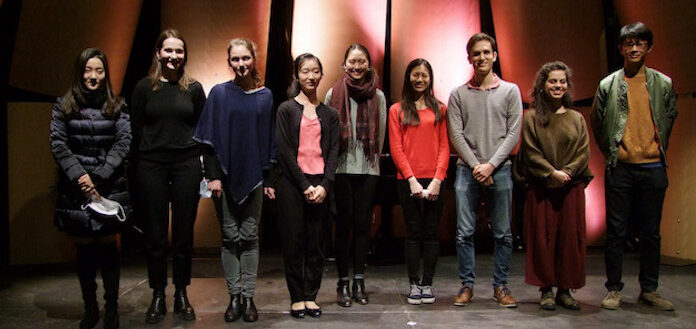ON THIS DAY | Violinist & Composer Niccolò Paganini was Born in 1782
A pillar of modern violin technique, Paganini is remembered as one of the most celebrated violin virtuosi of all time
Born in Genoa, Italy in 1782, Italian virtuoso violinist Niccolò Paganini began the violin at an early age with his father. Showing early signs of virtuoso talent, Paganini was a prodigy who was highly praised for his extraordinary dexterity and flexibility.
His showmanship and technical innovations were evident in his 24 Capricci, violin concertos, and sets of variations — all of which required considerable use of harmonics and pizzicato effects.
His compositional output includes six violin concertos, of which the first in D major is especially popular, twelve sonatas for violin and guitar, and six quartets for violin, viola, cello, and guitar. His compositions inspired works by Liszt, Schumann, Brahms, and Rachmaninoff.
He passed away in 1840.
VC YOUNG ARTIST KEVIN ZHU | PAGANINI VIOLIN CONCERTO NO. 1 IN D MAJOR | MICHAEL ZLABINGER & ORCHESTRA DEL TEATRO CARLO FELICE | 2018 PAGANINI INTERNATIONAL VIOLIN COMPETITION | 1ST PRIZE | 17-YEARS-OLD
april 2024
may 2024


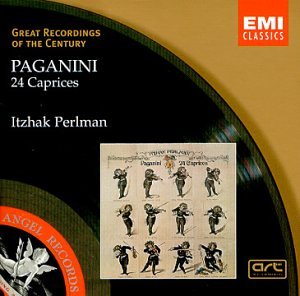


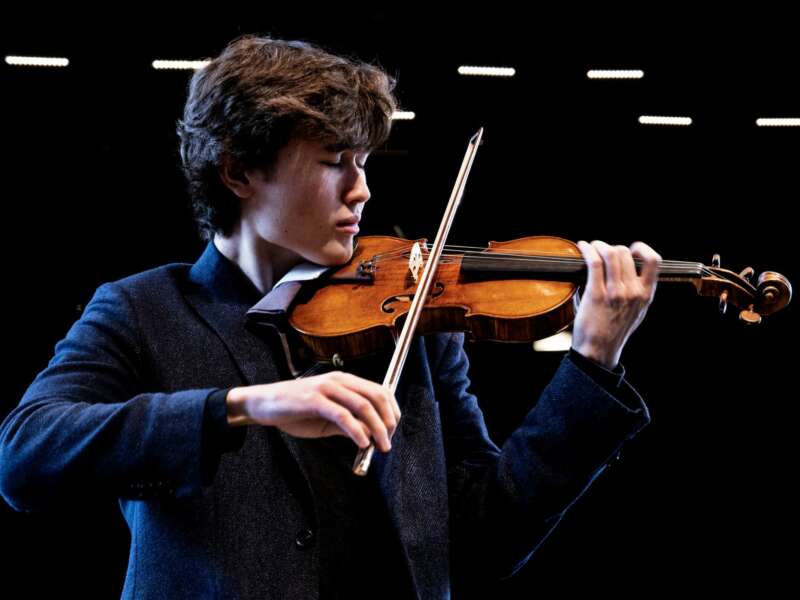













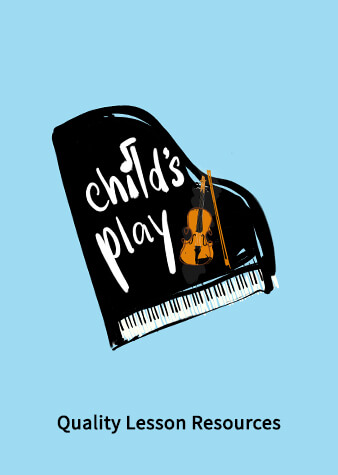









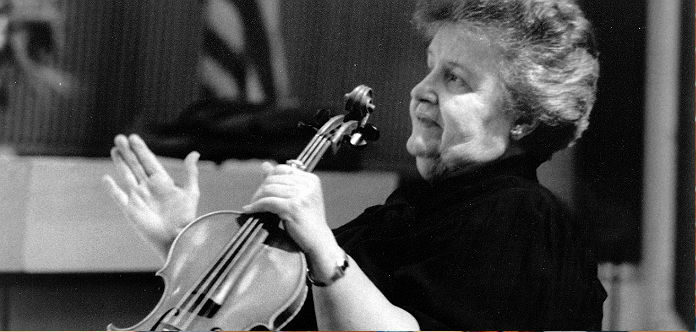
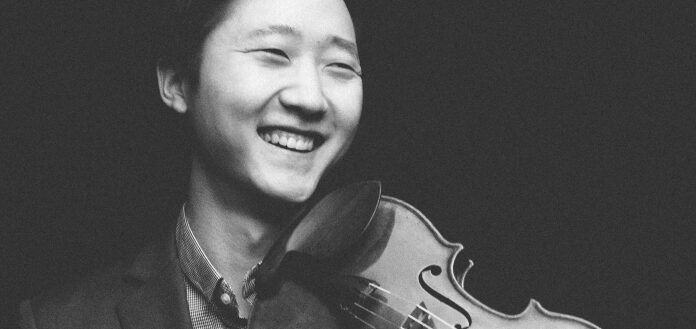
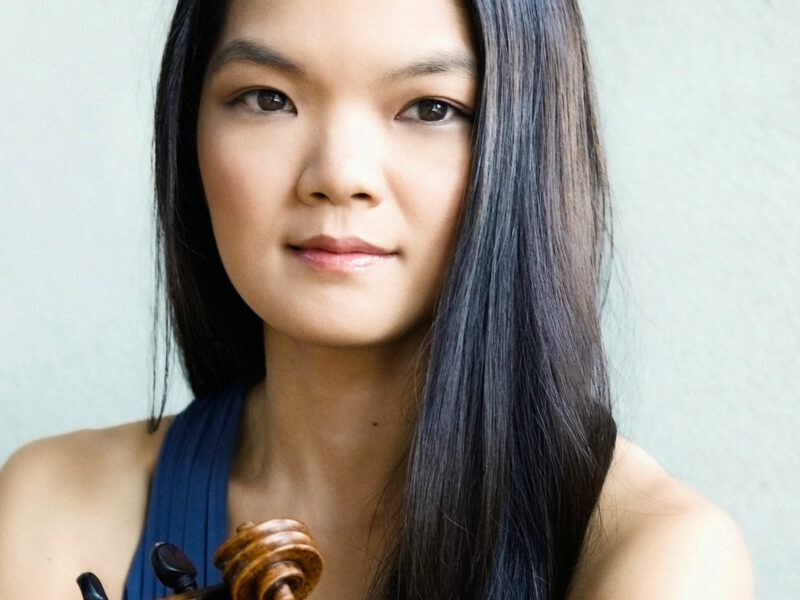
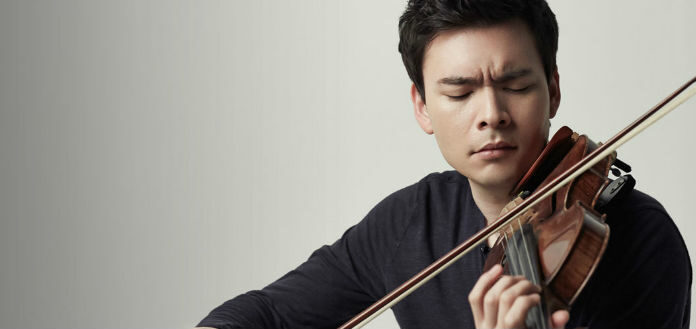

![VC LIVE | North Shore Chamber Music Festival Masterclass: Violinist Ilya Kaler [WATCH] - image attachment](https://www.theviolinchannel.com/wp-content/uploads/2021/12/Ilya-Kaler-800x600.jpeg)
